- Author Matthew Elmers [email protected].
- Public 2023-12-16 21:49.
- Last modified 2025-01-24 09:17.
For MLRS "Grad" was created a large number of rockets for various purposes with different characteristics. A special place in the range of ammunition is occupied by remote mining rockets - rockets with a cluster warhead carrying mines of various types. Consider the means for setting minefields by the forces of rocket artillery.
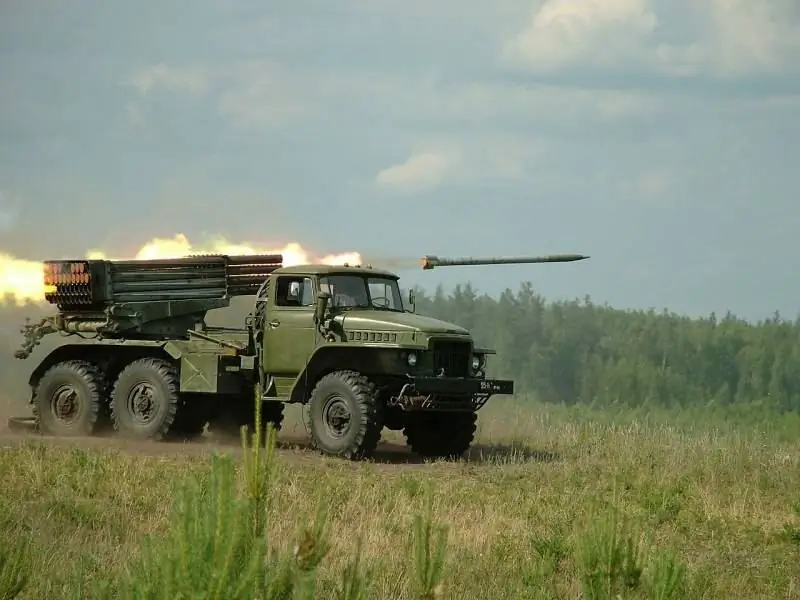
Standardized samples
A characteristic feature of the entire family of multiple launch rocket systems "Grad" is the use of the same solutions and components on different samples. This approach made it possible to create a large range of ammunition, including remote mining shells. The development of the latter was carried out in the seventies and eighties of the last century.
The laying of mines at a distance from the firing position can be carried out using the 3M16 and 9M28K missiles. Both of these products were created on the basis of mastered components and unified with other Grad ammunition. They are built on the basis of a cylindrical body of standard dimensions, the rear of which is a unified engine compartment. The differences between the 3M16 and 9M28K from other weapons are only in the design and filling of the warhead.
Thanks to this design, mining shells can be used by almost all MLRS of the Grad family. The only exception is the 9P132 portable launcher with one rail. Thus, any rocket artillery combat vehicle can perform the functions of a minelayer.
Shell 3M16
To create an obstacle in the path of infantry or unprotected equipment, it was proposed to use a 3M16 rocket. This product has a length of 3.02 m and a caliber of 122 mm. Launch weight - 56, 4 kg. The missile part of such a projectile is connected to a cluster warhead weighing 21.6 kg.
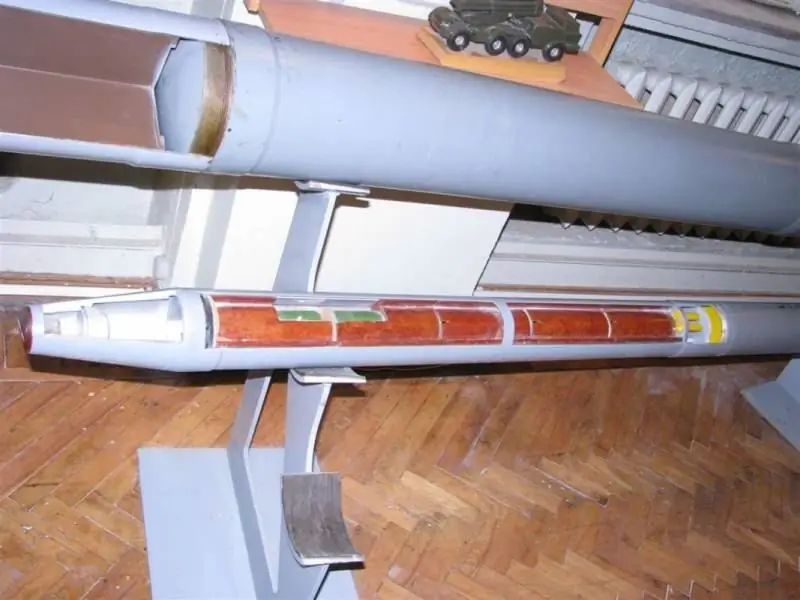
The 3M16 payload consists of five POM-2 anti-personnel mines. The latter are placed in one row along the longitudinal axis of the rocket inside the tubular holding device. The head part with a length of 1.6 m is made to be dropped. It has a squib for ejection of mines on the downward trajectory. The release is controlled by a TM-120 remote tube screwed into the rocket nose fairing.
Mines are delivered to a distance of 1.5 to 13.4 km. The load of one projectile when firing at the maximum range falls in an ellipse measuring 105x70 m. When firing a salvo of 40 rockets, the payload is scattered over an area of 250 thousand square meters.
Anti-personnel mine POM-2 "Edema" is made in the form of a cylinder with deployable side legs. The mass of the mine is 1.5 kg, of which 140 g is an explosive. Mine height - 180 mm, diameter - 63 mm. The detonation is carried out by the VP-09S fuse when the target sensor is exposed to the thread. The process of placing a mine on a platoon begins when it is ejected from a missile and lasts for several minutes. The self-liquidator is triggered after 4-100 hours.
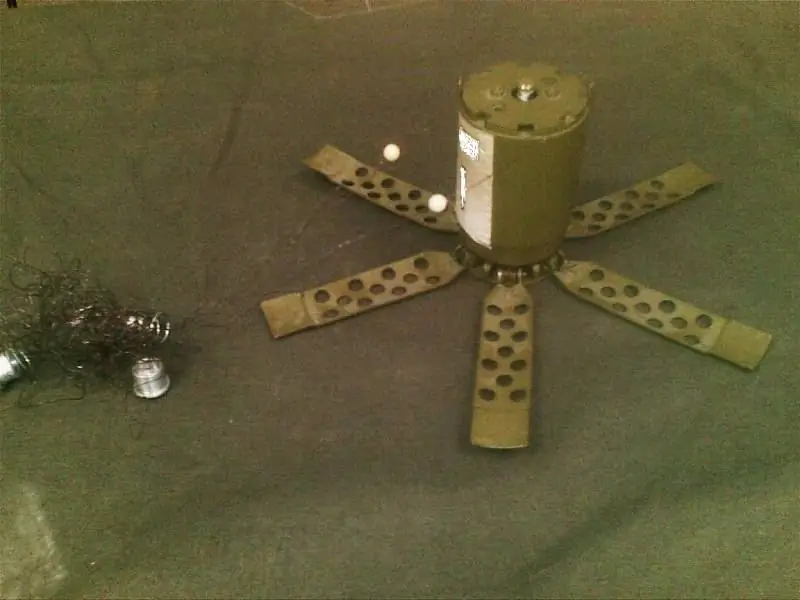
According to the standards, a salvo of 20 3M16 shells is required to mine a section 1 km wide along the front. In this case, the site lays down 100 minutes. The involvement of multiple launchers allows the creation of a minefield of the required size and density.
Projectile 9M28K
Together with the 3M16 or independently, the 9M28K rocket (in some sources also referred to as 9M22K), designed for setting anti-tank mines, can be used. In terms of dimensions, it is similar to the 3M16, but it differs in a larger weight - 57.7 kg. The warhead accounts for 22, 8 kg. The principles of operation and flight characteristics of the two products are similar.
In the detachable head part of the 9M28K product, three PTM-3 anti-tank mines are placed with the help of holding devices. The release of mines is carried out on the descending part of the trajectory using a pyrotechnic charge controlled by a TM-120 tube.

The PTM-3 mine has a length of 330 mm and weighs 4.9 kg (a charge of 1.8 kg of TNT). A VT-06 proximity fuse is used, which reacts to a magnetic field or mine displacement. The defeat of an armored target is performed in the track or in the bottom. For greater efficiency, recesses in the form of cumulative funnels are provided on the charge and on the walls of the case. The transfer to the firing position takes about a minute. The self-liquidator is triggered within 16-24 hours after platooning.
The range of 9M28K shells is from 1.5 to 13.4 km. All mines of one rocket fall into an ellipse of approx. 105x70 m. The product carries only three mines, which is why setting up an obstacle of the required density requires more ammunition consumption - up to 90 missiles per 1 km of front. Fewer mines on the site drastically reduce the effectiveness of the barrier.
Advantages and disadvantages
The main positive quality of remote mining rockets is the ability to quickly deploy a mine-explosive barrage at a considerable distance and directly in the enemy's path. In terms of range and safety, MLRS mine installations are superior to all other minelayer options.
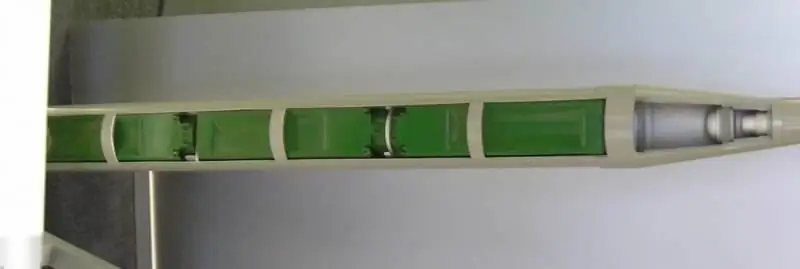
The presence of 3M16 and 9M28K shells, carrying anti-personnel and anti-tank mines, makes it possible to create minefields for various purposes and required sizes. The work of the "Grad" with such ammunition forces the enemy to spend time and effort on organizing passages for manpower and equipment, which slows down his advance.
MLRS in the role of mine directors can be used in conjunction with specialized equipment of engineering units and helicopters. In this case, the command receives different means of mining and can choose the optimal one for the current tasks. Multiple launch rocket systems turn out to be a means for mining at long ranges, while most other minelayers are forced to work directly on the future minefield.
However, rockets for mining for the "Grad" have significant drawbacks. First of all, it is a small payload. In the head part with a diameter of 122 mm and a length of 1.6 m, no more than 3-5 minutes can be placed. As a result, the installation of a large minefield is associated with a significant consumption of shells. Problems may arise with the supply of artillery units and the provision of mining.
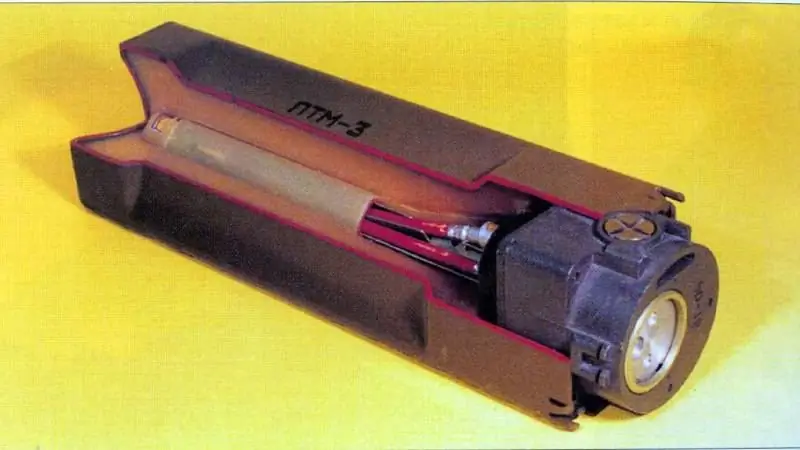
For comparison, the 300-mm shells for the Smerch MLRS are capable of carrying 64 POM-2 mines or 25 PTM-3 mines. Thus, the larger-caliber multiple launch rocket system is several times superior to the Grad in terms of the effectiveness of mining with less ammunition consumption.
Limited fit
The creation of 3M16 and 9M28K rockets made it possible in practice to show the fundamental possibility of remote mining by MLRS forces, as well as to work out the necessary technologies. However, the results of these projects were far from ideal.
The characteristics and qualities of the Grad as a mine planner are limited by the low payload and reduced range of specialized missiles. Because of this, remote mining shells, having entered service, were used to a limited extent. According to some sources, such systems were not even taken into account in military planning and were never used during exercises.
However, the ideas and technologies of the 3M16 and 9M28K projects gave real results. Since the seventies, the Soviet industry has developed a number of similar shells for MLRS "Uragan" and "Smerch". Such missiles, having a larger caliber and launch weight, are capable of carrying a larger "ammunition load", and therefore compares favorably with their predecessors. New products have found their place in the army and continue to serve to this day.






